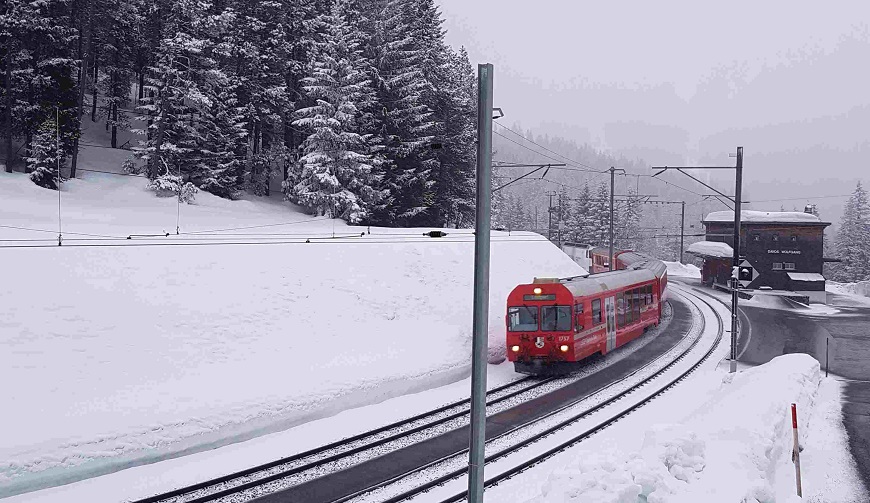Improved thermal envelope in trains
The goal of this project was to reduce the demand for heating energy in trains by improving their thermal envelope. For this, the retrofit of an existing train of the Rhätische Bahn was evaluated using novel approaches and materials. The heating energy performance before and after the retrofit was determined by simulation. The knowledge gained in this specific retrofit was generalised in order to be used in other train types as well.
An overview on the solutions studied is found in:
Wernery et al., 2021. Superinsulation Materials for Energy-Efficient Train Envelopes. Applied Sciences 11, 2939. https://doi.org/10.3390/app11072939
The project was conducted by several partners from academia and industry: BFH (Departement für Architektur, Holz und Bau), Empa (Laboratory for Energy Materials and Components), EPFL (Laboratoire d’Energie Solaire et de Physique du Bâtiment LESO-PB), HSLU (Technik & Architektur, Institut für Gebäudetechnik und Energie, IGE), RhB (Rhätische Bahn AG), Stadler Rail AG.
The project was supported by Bundesamt für Verkehr BAV (Federal Office of Transport) within the Energy Strategy 2050 for public transport.


-
Share
